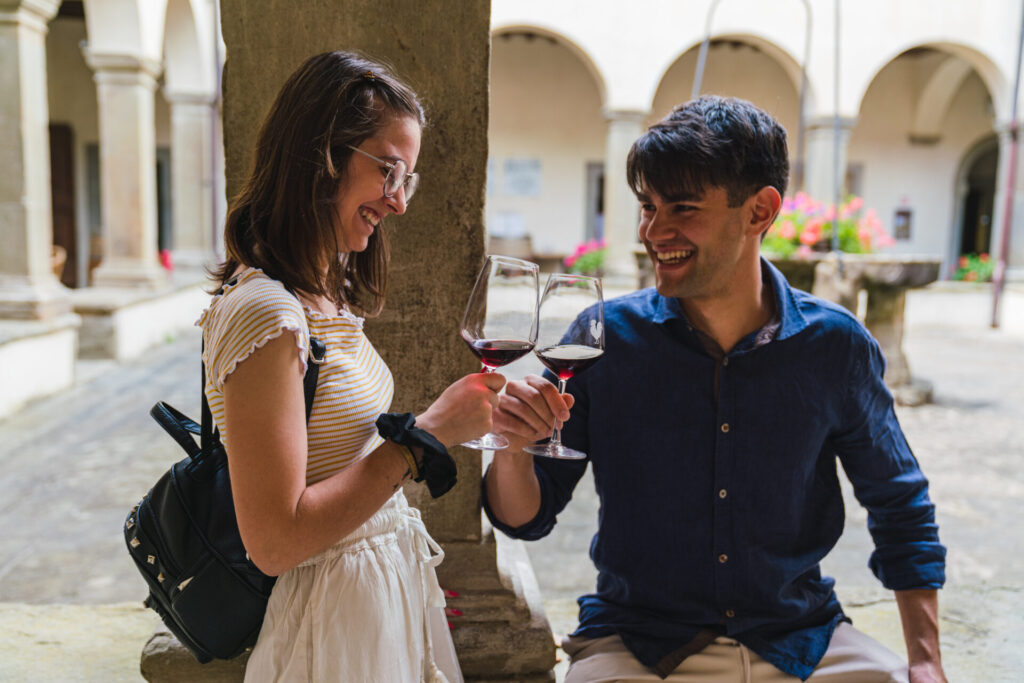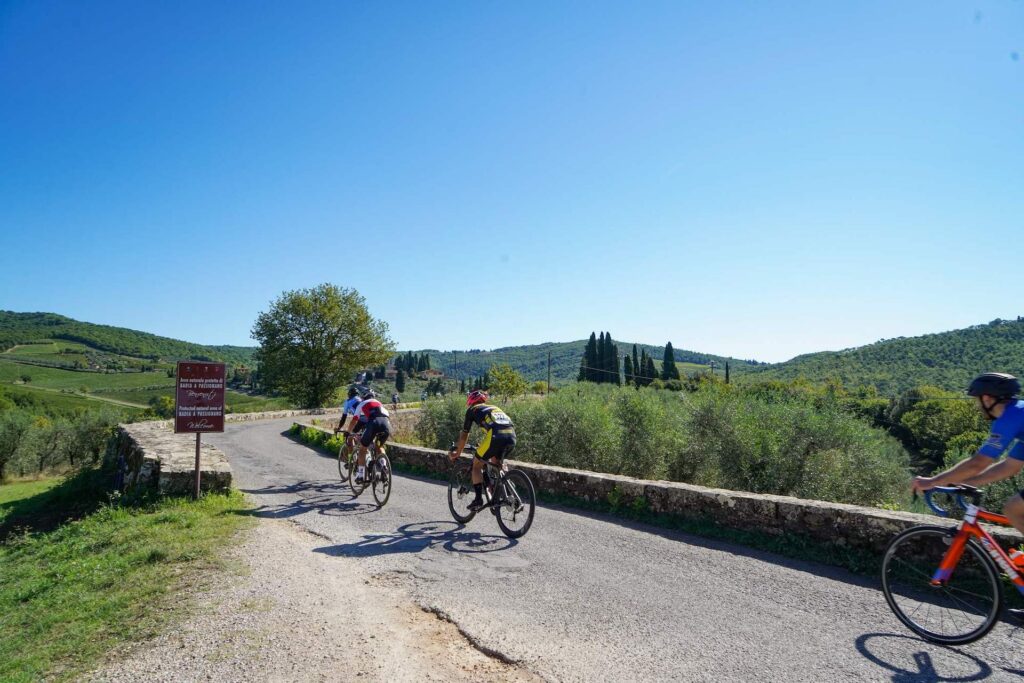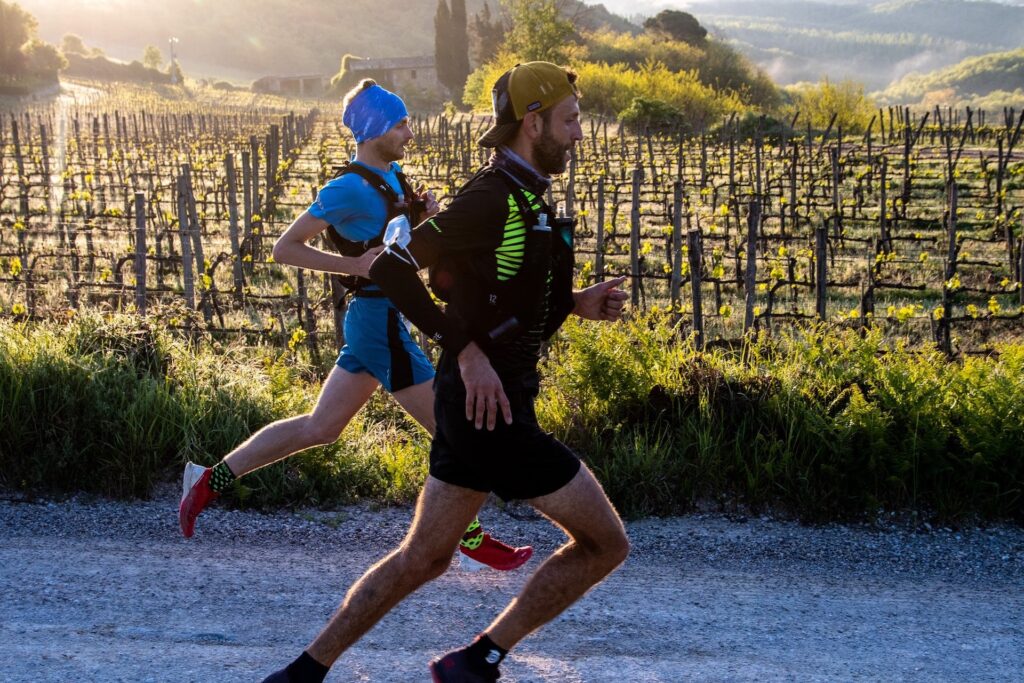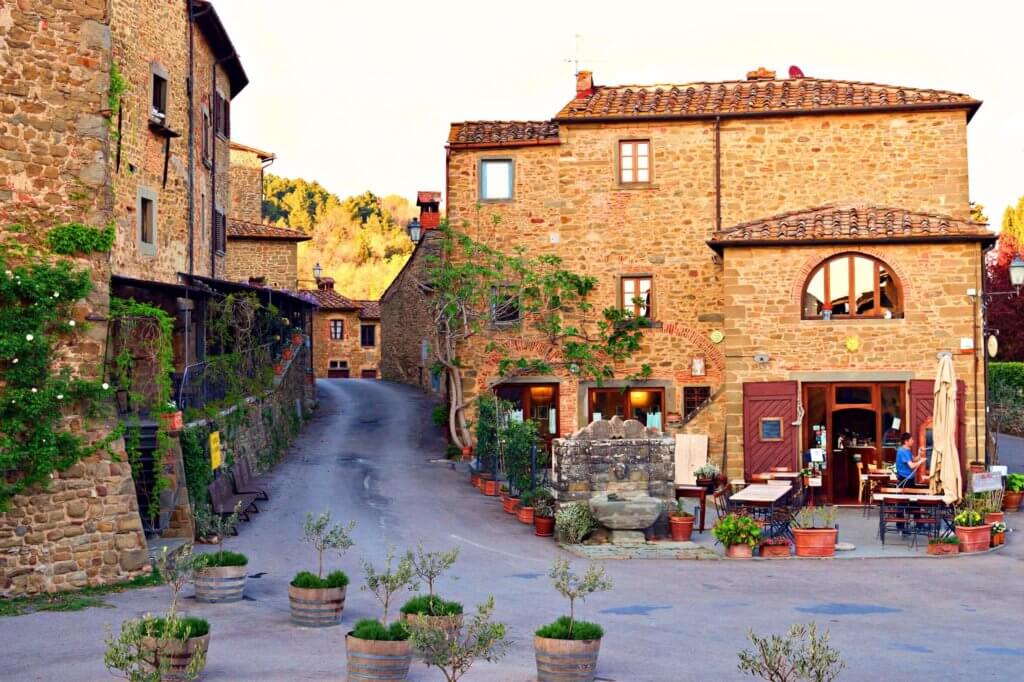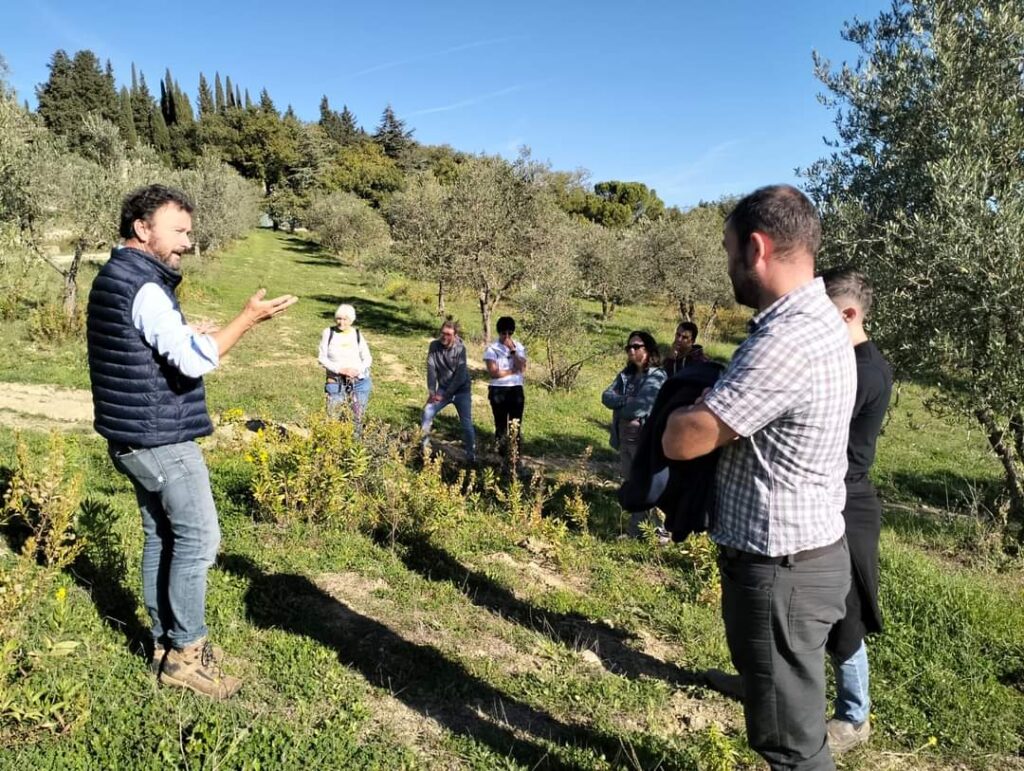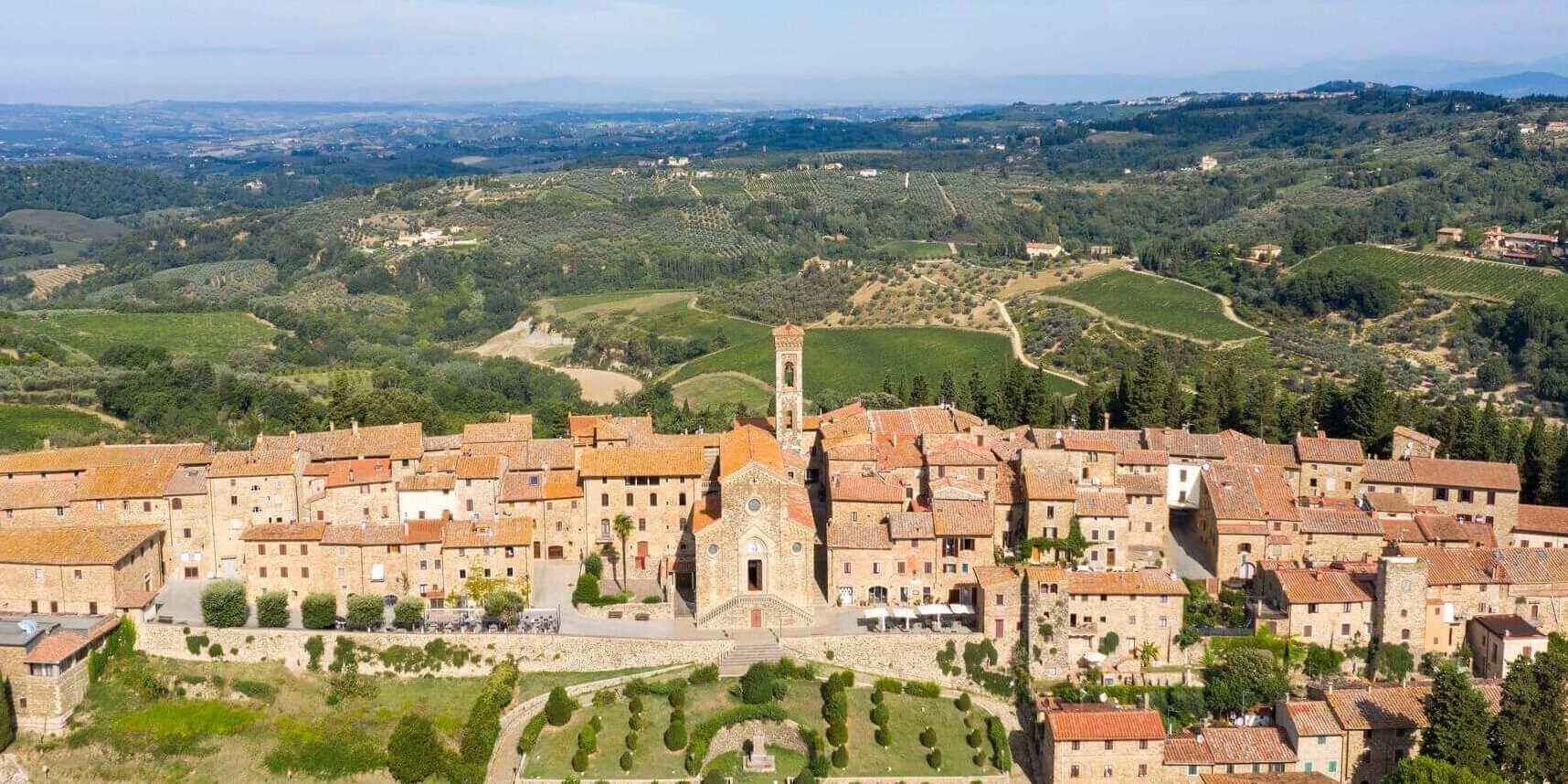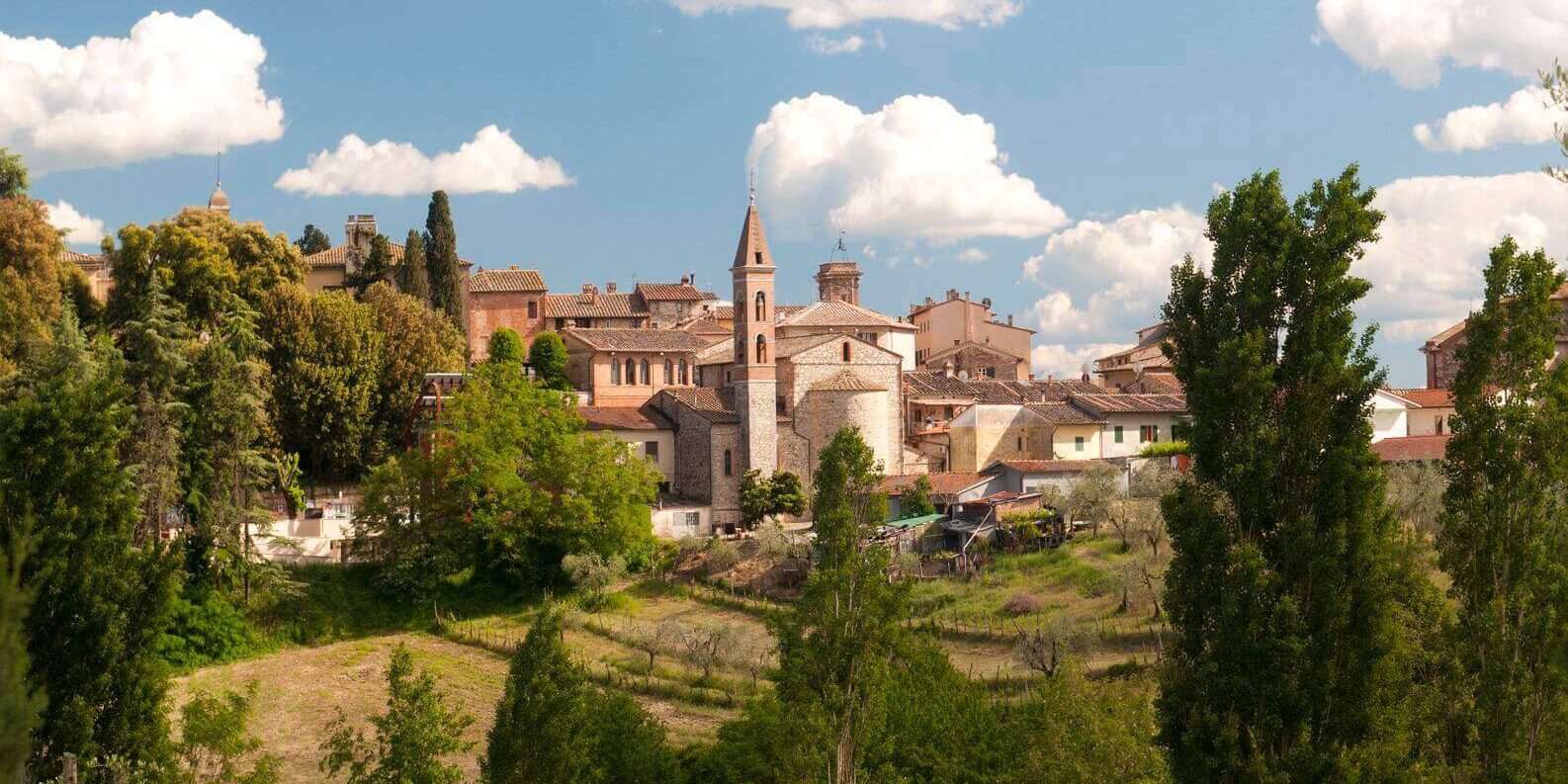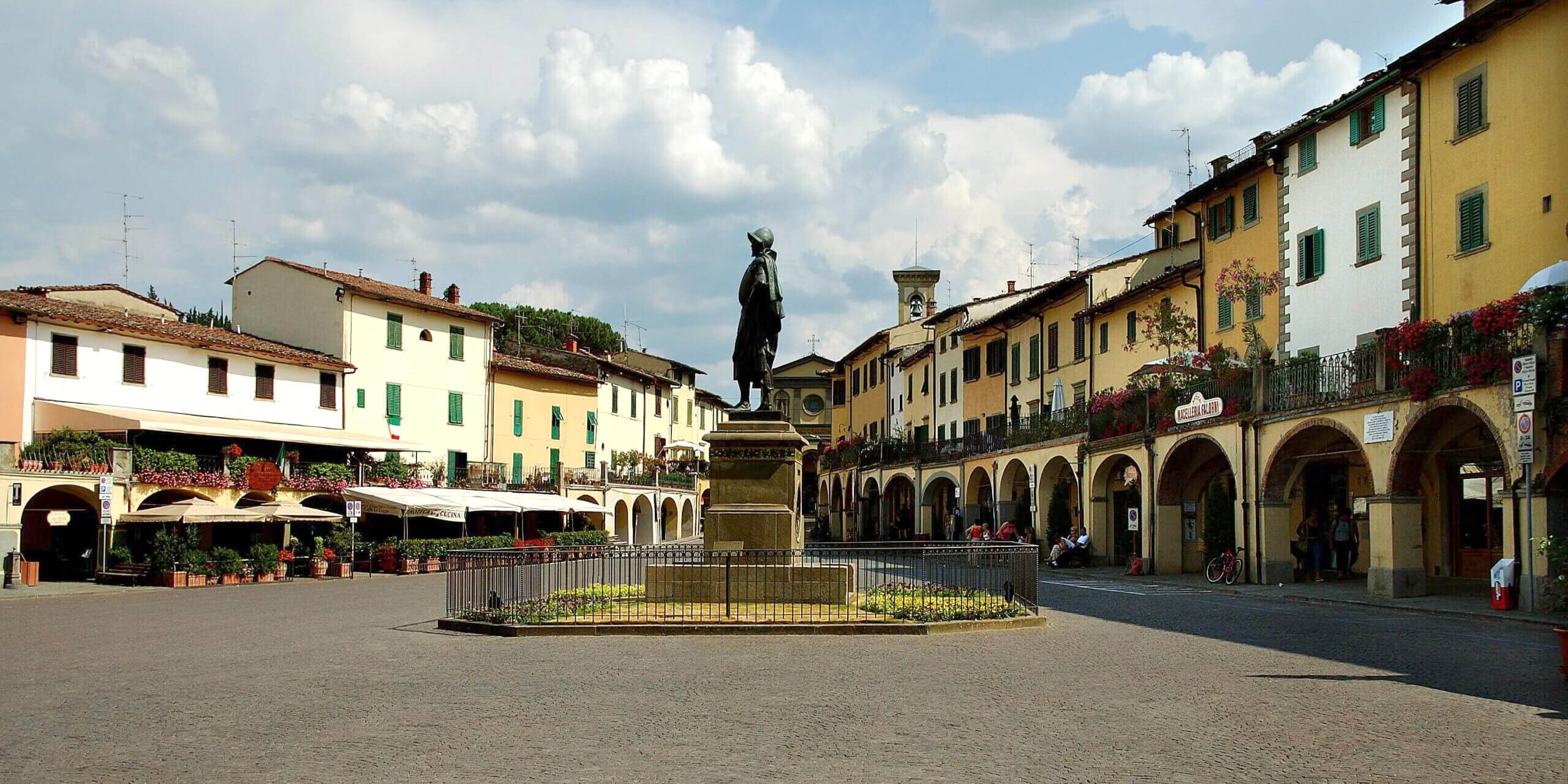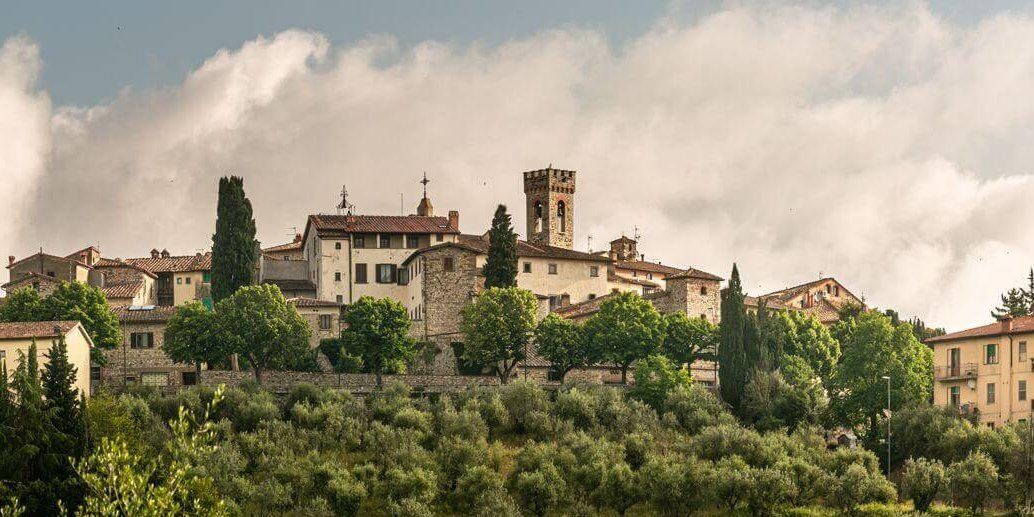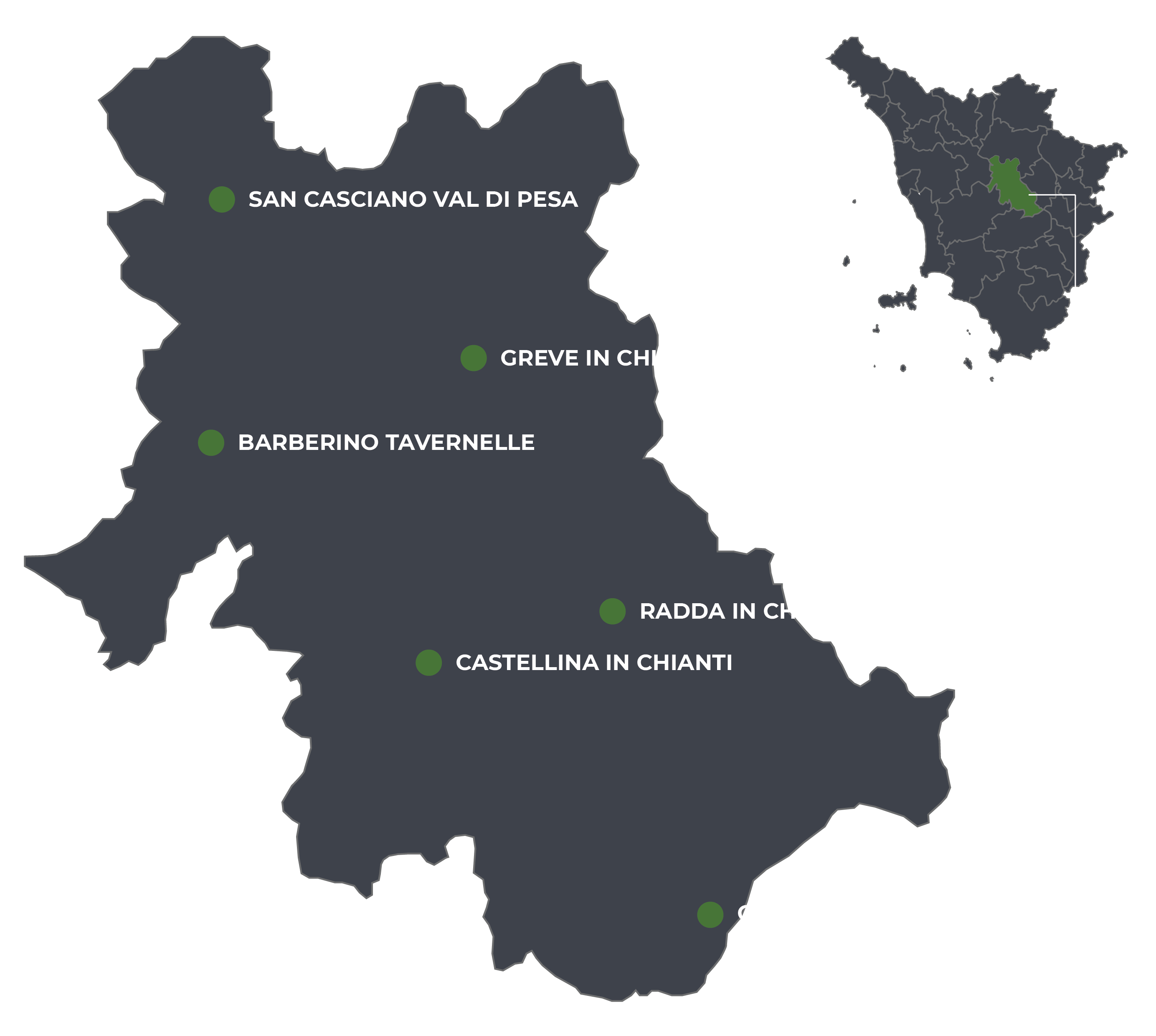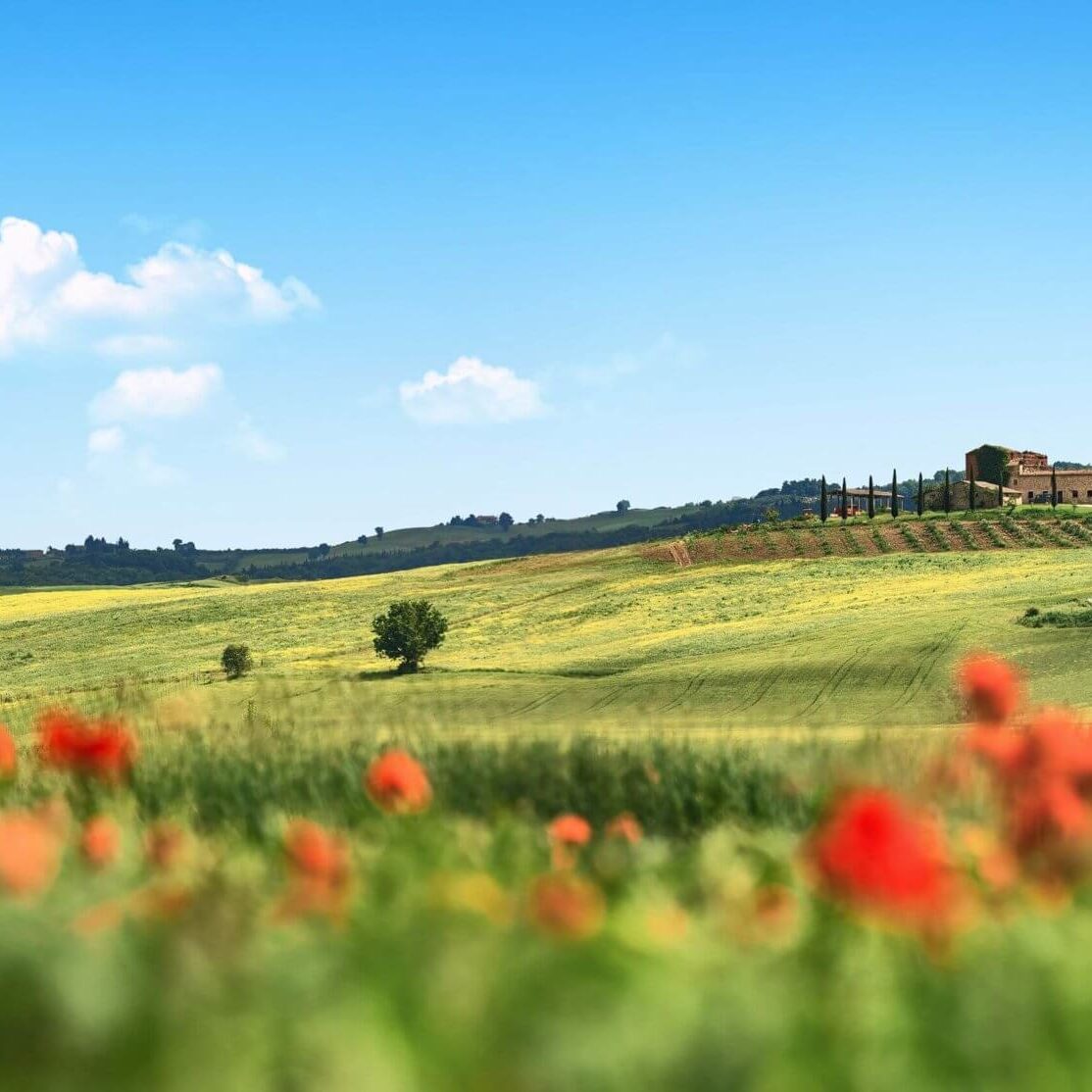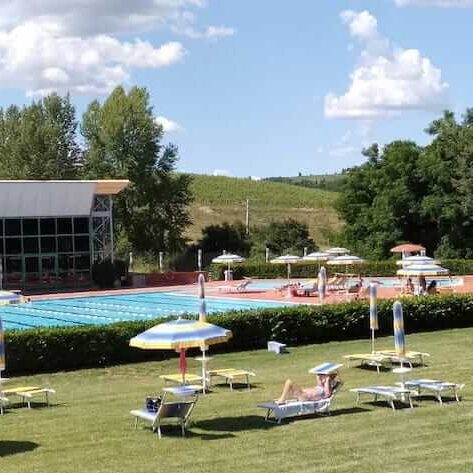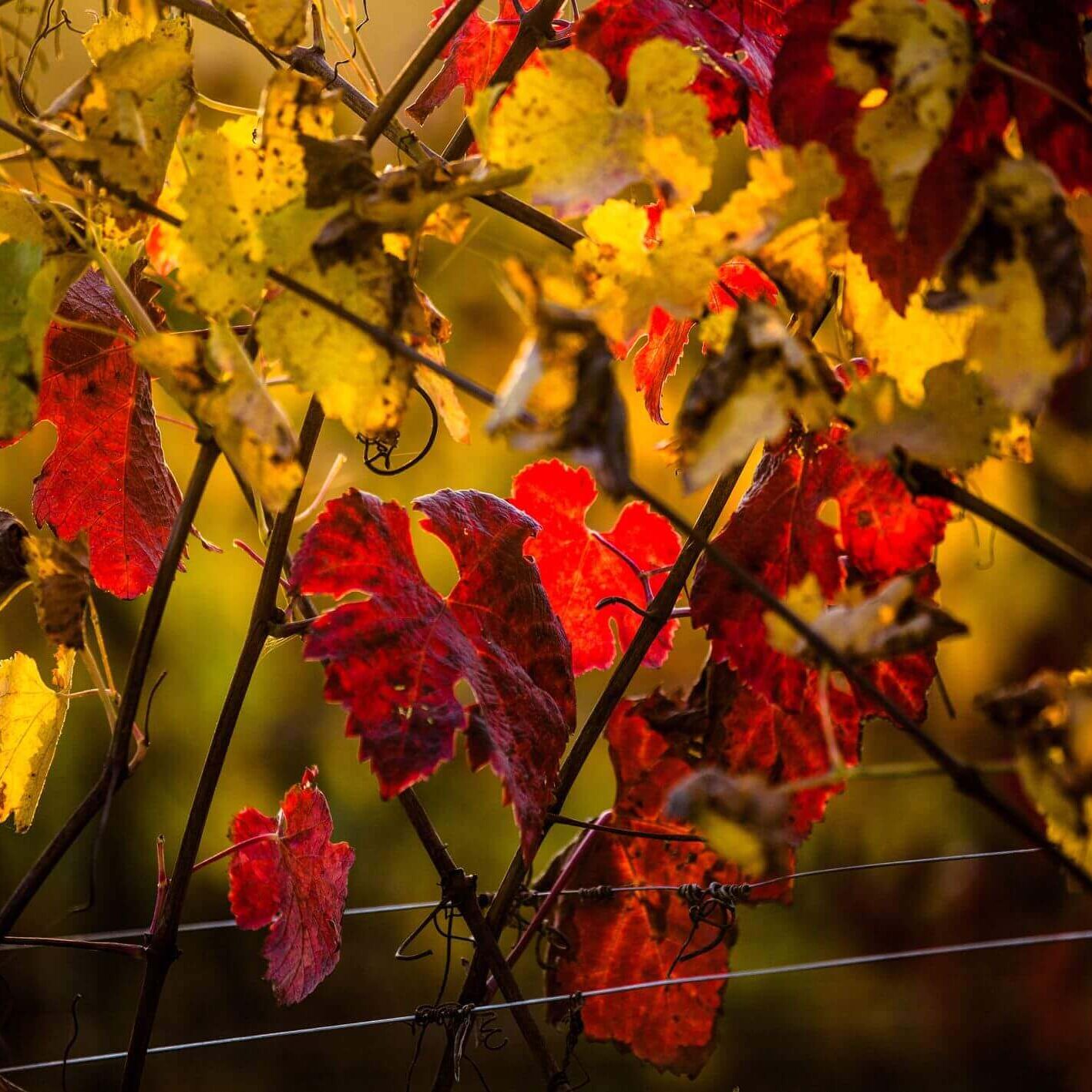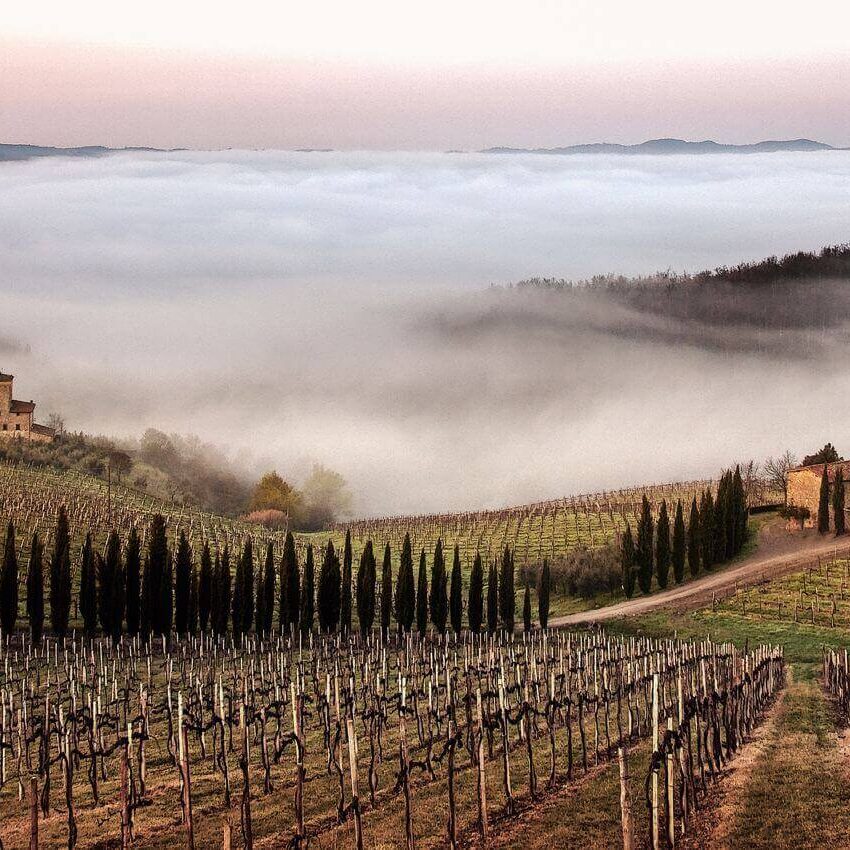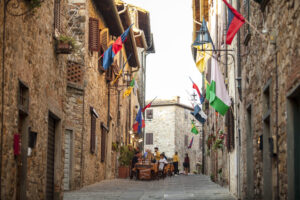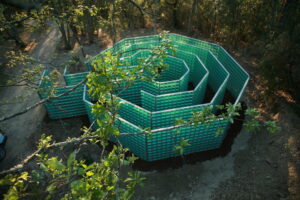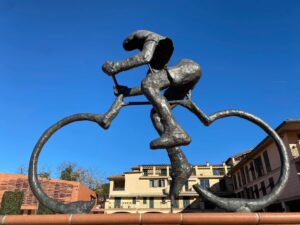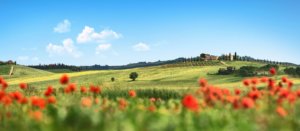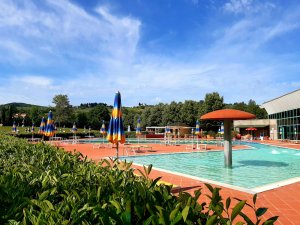Radda in Chianti
ANCIENT CAPITAL OF THE CHIANTI LEAGUE, FROM THE WALLS OF RADDA YOU CAN VIEW THE LANDSCAPE
 he municipality of Radda, risen from the depths of the Middle Ages, sits on the rocky ridge of the Chianti Mountains, which divide the watersheds of the Arno and Ombrone Rivers. Its oldest piazza, called Del Castello, is located in the highest part of the town. Overlooking it is the church of San Niccolò which hosts the 15th century Crocifisso ligneo (wooden Crucifix). The façade, an example of eclectic architecture and the 1926 work of Carlo Coppedè, features a large arch with two pairs of lions at its base.
he municipality of Radda, risen from the depths of the Middle Ages, sits on the rocky ridge of the Chianti Mountains, which divide the watersheds of the Arno and Ombrone Rivers. Its oldest piazza, called Del Castello, is located in the highest part of the town. Overlooking it is the church of San Niccolò which hosts the 15th century Crocifisso ligneo (wooden Crucifix). The façade, an example of eclectic architecture and the 1926 work of Carlo Coppedè, features a large arch with two pairs of lions at its base.
Now figuring as the centre of Radda is the Piazza Ferrucci, overlooked by the beautiful Palazzo del Potestà which is studded with the coats of arms of the families of Radda’s former rulers. You can enter the town from two entryways, Porta Valdarnese (the Valdarnese Gate) in the east or Porta Fiorentina (the Florentine Gate) in the west, where traces of the medieval walls can be seen, while the wider 18th century wall circles the town, and from it extend avenues that offer views of the surrounding countryside. At the edge of town is the Romanesque church of Santa Maria al Prato, inside which is preserved an altarpiece by the Florentine painter Neri Di Bicci (15th century) depicting the Virgin and Child, set in a beautiful Renaissance altar. Next to the church, a former convent from the 18th century houses the headquarters of the Foundation for the Protection of the Chianti Classico Territory.
INFO
Ufficio informazioni turistiche
Proloco
Piazza del Castello, 6, 53017 Radda in Chianti
+39 0577 738494
proradda@chiantinet.it
www.comune.radda-in-chianti.si.it
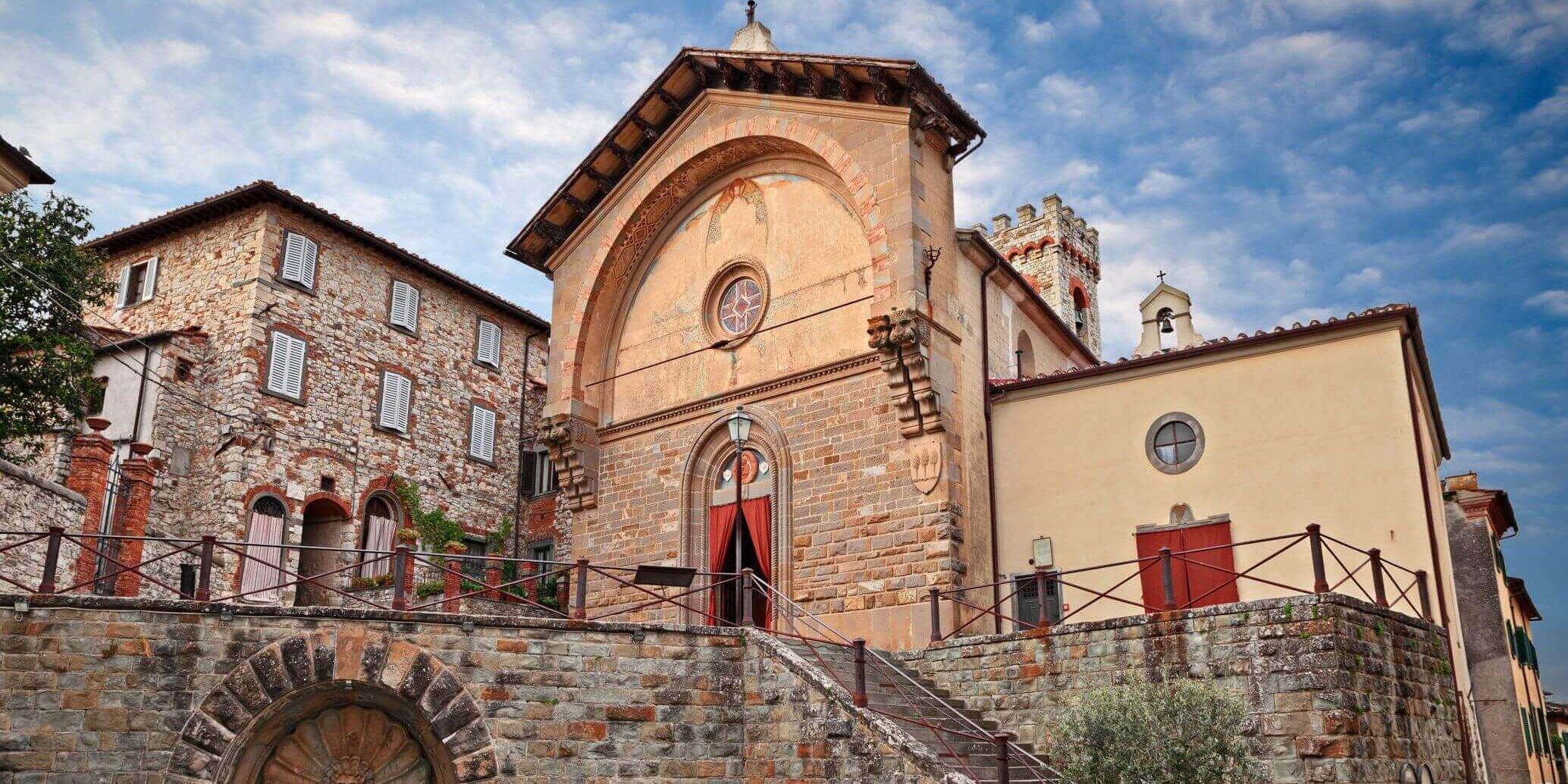
"A town where every stone promises civilization and the landscape gives space to the soul."
Today, all of the countryside around Radda is still dotted with ancient farmhouses and villas with farms immersed in extensive vineyards and olive groves. Of special note are the many castles built in the 11th and 12th centuries. Among these is the castle of Volpaia in Volpaia, today a lovely town built on an elliptical urban plan and retaining many of its defensive walls, along which rise towers for defense, the largest of which served as a keep. On the opposite wall, on the other hand, we find what remains of Monterinaldi Castle, from 1010 A.D., which played a major role in the history of this territory. Towards the north is the Castle of Albola, dating from the 11th century, whose ruins can still be seen today, towering above the woods surrounding the mighty keep.
In the early Middle Ages, communities were organised not only around castles but also near churches and abbeys. One of these is the Pieve di Santa Maria Novella, also called the Parish Church of Chianti for its importance. It was built in 900 A.D., and with its three-nave layout, is one of the greatest examples of Romanesque architecture in Chianti. The church holds an altarpiece from the Della Robbia workshop, as well as a baptismal font embellished with Della Robbia tiles.
In the green heart of Tuscany, you can find a territory known all over the world for its beauty. Let’s talk about Chianti, a region rich in vineyards and olive groves, where slow living has become a universal keyword.
RELATED ARTICLES
Other places to see
Hospitality
Agritourism farms, emblems of sustainability, are the type of accommodation that most distinguishes this land of rural farmhouses scattered throughout the silence of the countryside. The castles, villas, and historic homes are immersed in a noble atmosphere that evokes times gone by. Awakening in Chianti is a unique experience.
Discover on

